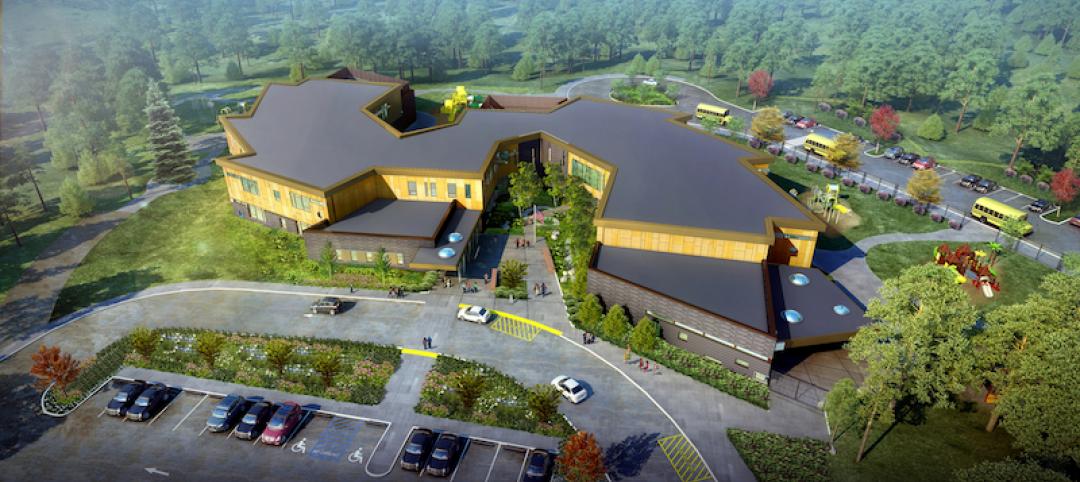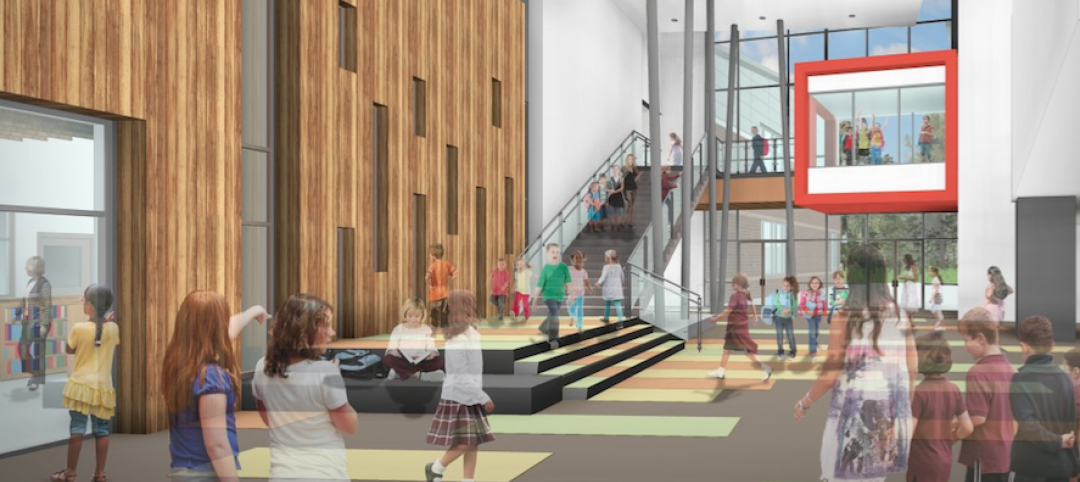The University of Southern California Lusk Center for Real Estate’s annual analysis of industrial and office real estate in Los Angeles County, Orange County and the Inland Empire shows signs of a slow market recovery.
The 10th Annual Casden Southern California Industrial and Office Forecast reveals that all three areas experienced job growth and increased demand for both property types in 2011. An analysis of each area’s submarkets found lower vacancy rates in 11 of 17 office submarkets and 11 of 14 industrial submarkets. On the rent side, four office submarkets and eight industrial submarkets experienced increases. Overall, declines were smaller than in the previous two years.
“Although Southern California is a long way from pre-crisis levels of economic health, the improved employment picture and profound turnaround in the industrial market are signs of a slow recovery,” said study author Tracey Seslen. “The office market is only slightly improved over last year and vacancy rates may continue to fall for many months before we see rents stabilize.”
As a result, while office demand is expected to grow over the next two years, office rents were down for the third straight year and will continue to decline. On the industrial side, all three markets are expected to see ongoing declines in vacancies and increases in rents over the next two years.
In particular, the Inland Empire’s industrial market – the top performer in 2011 with a 6.4% increase in rents and nearly 17 million square feet of net absorption – is expected to see more growth in the next two years, but the magnitude will depend on rail and port activity.
“Sovereign risk in Europe, geopolitical turmoil and the growing U.S. debt crisis are undermining consumer confidence. Port and rail traffic, particularly activity at the Port of Long Beach, is down and could hinder the positive outlook for industrial rents,” Seslen said. BD+C
Related Stories
Healthcare Facilities | Feb 1, 2018
Early supplier engagement provides exceptional project outcomes
Efficient supply chains enable companies to be more competitive in the marketplace.
Industry Research | Jan 30, 2018
AIA’s Kermit Baker: Five signs of an impending upturn in construction spending
Tax reform implications and rebuilding from natural disasters are among the reasons AIA’s Chief Economist is optimistic for 2018 and 2019.
Market Data | Jan 30, 2018
AIA Consensus Forecast: 4.0% growth for nonresidential construction spending in 2018
The commercial office and retail sectors will lead the way in 2018, with a strong bounce back for education and healthcare.
Architects | Jan 29, 2018
14 marketing resolutions AEC firms should make in 2018
As we close out the first month of the New Year, AEC firms have made (and are still making) plans for where and how to spend their marketing time and budgets in 2018.
Education Facilities | Jan 29, 2018
My day as a kindergartner
The idea of a kindergarten-only school presents both challenges and opportunities in regards to the design.
AEC Tech | Jan 29, 2018
thyssenkrupp tests self-driving robot for ‘last mile’ delivery of elevator parts
“With driverless delivery robots, we could fill a gap and get spare parts from our warehouses to the jobsite faster,” said thyssenkrupp SVP Ivo Siebers.
Architects | Jan 26, 2018
Stephen Ayers, FAIA, honored with the 2018 AIA Thomas Jefferson Award
The award honors significant contributions to public architecture.
Architects | Jan 26, 2018
Recipients for the 2018 Collaborative Achievement Award selected
The recipients will be honored at the AIA Conference on Architecture 2018 in New York City.
K-12 Schools | Jan 25, 2018
Cost estimating for K-12 school projects: An invaluable tool for budget management
Clients want to be able to track costs at every stage of a project, and cost estimates (current and life cycle) are valuable planning and design tools, writes LS3P's Ginny Magrath, AIA.
Architects | Jan 25, 2018
Four keys to designing autistic-friendly spaces
Autism, in part, gave us modern architecture, writes PDR’s Julie Troung.
















